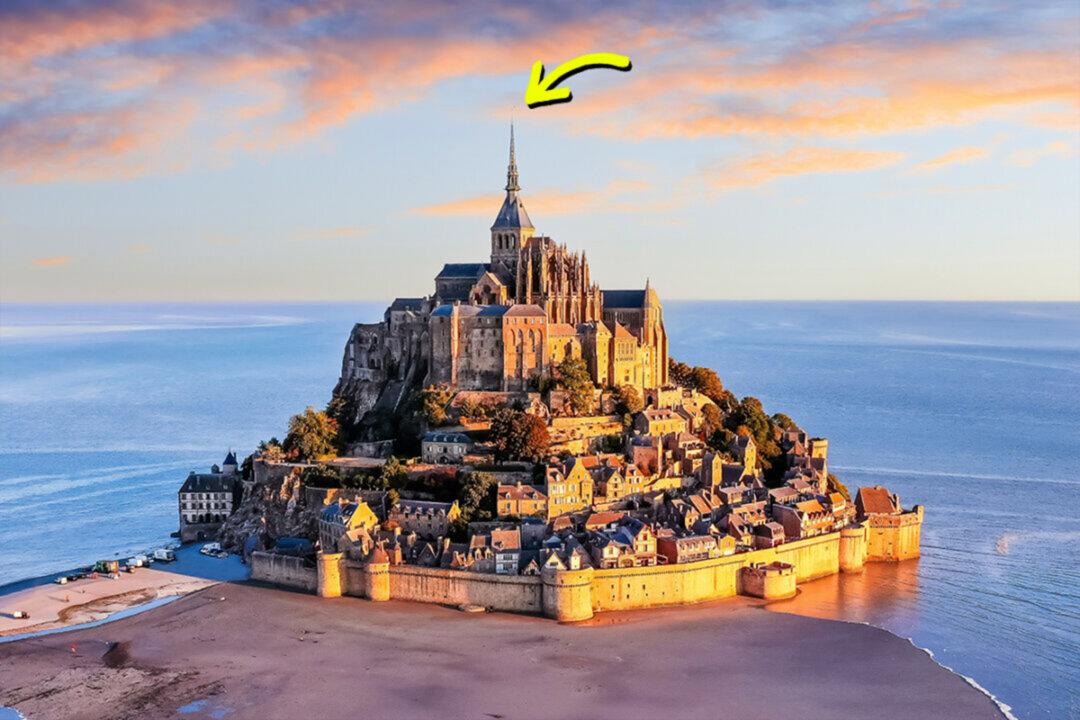Dating back over 1,300 years, the enchanting tidal island of Mont Saint-Michel is one of France’s most mesmerizing sights. This single rock sitting 1 kilometer (0.6 miles) off the country’s northwest coast encompasses a fortress-like abbey and tiny village to breathtaking effect.
It may look like a fantastical Game of Thrones filming location, but Mont Saint-Michel, beloved of its nation, was born in the early 8th century and is abundantly rich in history. Though admittedly a major tourist destination, the island has a small permanent population of roughly 25 people, including the abbey monks and nuns.






